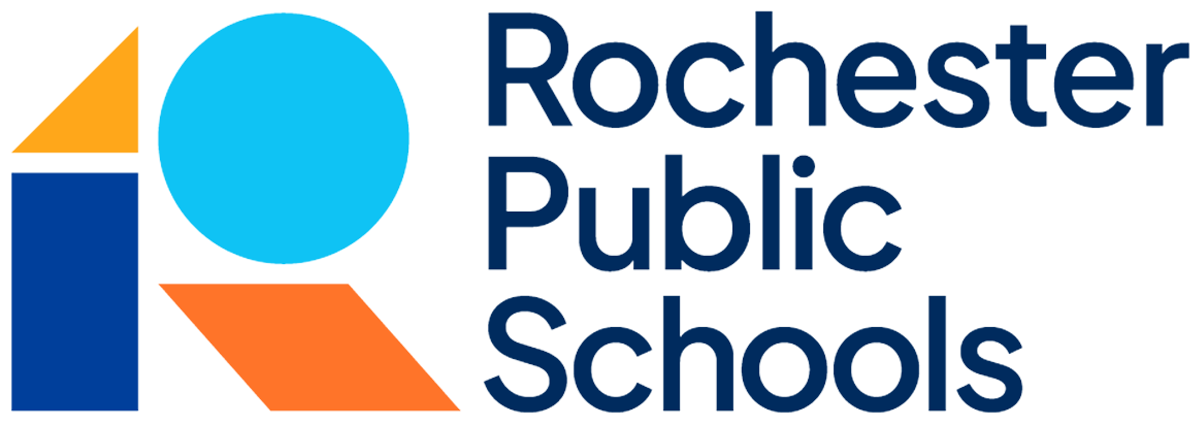Cognitive Abilities Test (CogAT)
The Cognitive Abilities Test (CogAT), is a norm-based test that assesses a student’s aptitude in reasoning and problem-solving by using Verbal (word), Quantitative (number), and Non-Verbal (picture-figure-spatial relationship) symbols. The test is not timed for 2nd graders. In grade 4, the CogAT has nine ten-minute, timed sections. The time limits outlined for grades 4 and higher are designed to ensure that students have ample time to answer all questions that they are likely to get correct without persevering unnecessarily and becoming frustrated. The CogAT appraises the cognitive development of students from kindergarten through grade 12. A student’s CogAT score primarily reflects their ability to discover relationships and their flexibility in thinking.
The questions on CogAT require students to demonstrate reasoning abilities in each of the three areas most closely related to success in school: Non-Verbal reasoning, Verbal reasoning, Quantitative reasoning.
The Non-Verbal section of the CogAT is designed to measure a student’s problem-solving and reasoning abilities through the use of visual and spatial questions. Students who score well in this area may learn best through visuals (pictures, objects, models), hands-on learning activities, and simulations. The Non-Verbal portion of the assessment asks students to solve figure analogies, classify designs, and exercise skill in recognizing figures in dimension.
The Verbal section of the CogAT assesses the student’s use of language, specifically a student’s ability to perceive the meaning of and relationship between words and word combinations. The Verbal portion includes sentence completion, solving verbal analogies, and figuring out the relationships between the meanings of words.
The Quantitative section of the CogAT measures a student’s comprehension of scenarios that require problem-solving as well as quantitative (numerical) reasoning. It measures a student’s ability to build and solve equations, recognize number series, and demonstrate an understanding of relationships between numbers and their values.
What do the CogAT scores mean?
It is important to note that CogAT scores represent a range of ability rather than a precise, unchanging point on a scale. There are many factors that can impact a student’s achievement and success in school such as effort, attention, persistence, attitude, and support at home and school.
The Standard Age Score (SAS) compares the level of a student’s cognitive development with other students the same age (within 3 months). In all age groups, the mean, or average, Standard Age Score (SAS) is 100. If a student has a SAS of 125, that student has a higher and faster rate of learning than most students his/her age. Standard Age Scores are typically clustered as follows:
Standard Age Score (SAS) | |
|---|---|
Very high | 128-160 |
Above average | 112-127 |
Average | 89-111 |
Below average | 73-88 |
Very low | 50-72 |
CogAT Standard Age Scores range from 1-160. A score of 100 is average.
The Composite score, or total, indicates the strength of a student’s cognitive abilities for learning. The score indicates the amount of time and practice required to learn. As this score increases, the amount of time needed to learn new concepts and skills decreases.
A Percentile Rank is a score ranging from 1-99 that indicates what percentage of grade-mates or age-mates a child out-performed on a particular sub-test. A student scoring at the 70th percentile means they have scored better than 70% of grade level students who initially took the test nationwide.
Adapted from "Interpreting Cognitive Abilities Test Scores" Riverside Publishing
Advanced Learning Services
Elementary Advanced Learning Services (grades 3-5)
| Middle School Advanced Learning Program (grades 6-8)
|
4 Pathways: 1. CogAT scores of 116 or above on any of the following subtests:
2. Two FastBridge scores at or above the 95th percentile within the past year (both in reading to qualify for verbal and math to qualify for nonverbal) 3. A qualifying Portfolio Assessment completed at school under the direction of the specialist. 4. Scoring in the top 15% of their school’s grade level on a subtest of the CogAT that corresponds with Verbal or Non-Verbal services. | 4 Pathways: 1. CogAT total SAS score of 130 or higher from 4th grade and up. 2. CogAT total score of 128 or higher and FastBridge test totals in Reading and Math of 97 NPR or higher. 3. A qualifying Portfolio Assessment completed at school under the direction of the specialist. 4. Next Tier Identification - if there are open seats and no waiting pool, students whose scores are close to the criteria may be offered seats. Note: Students who qualify for elementary services do not necessarily qualify for the Middle School Program because the entrance criteria is different and the programs are unique. |
